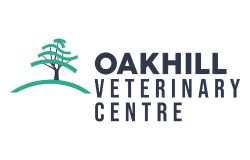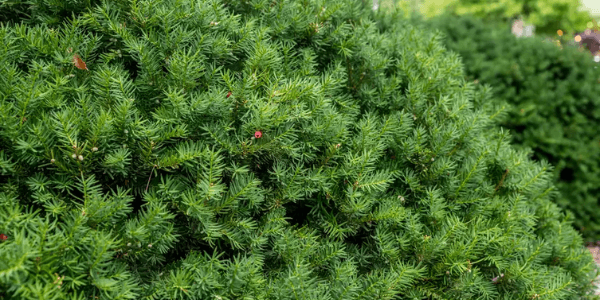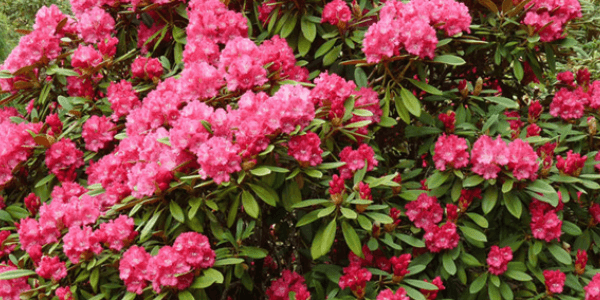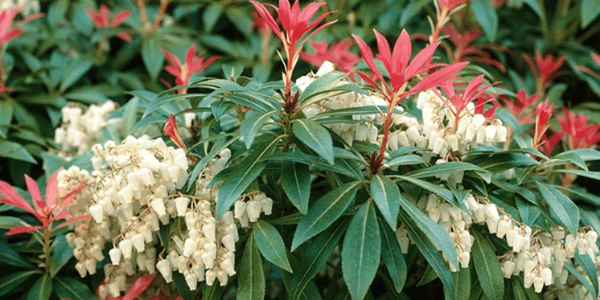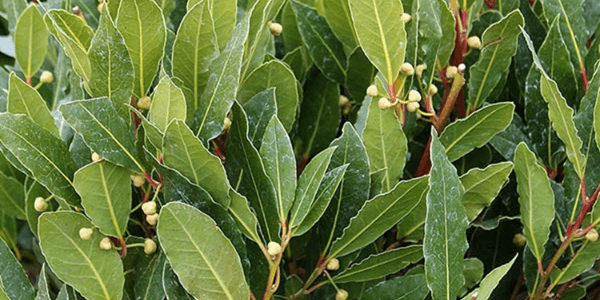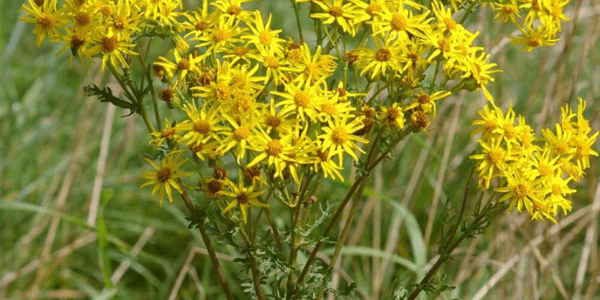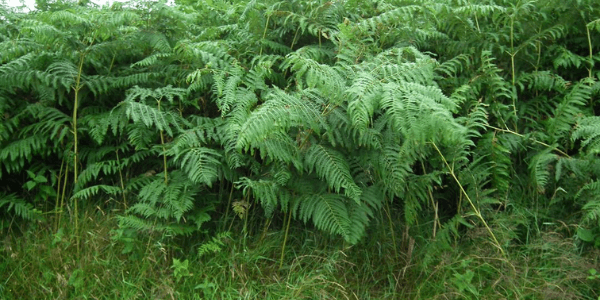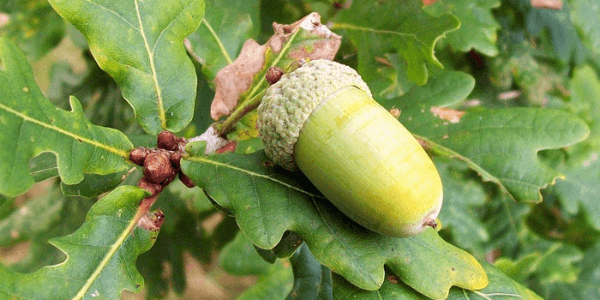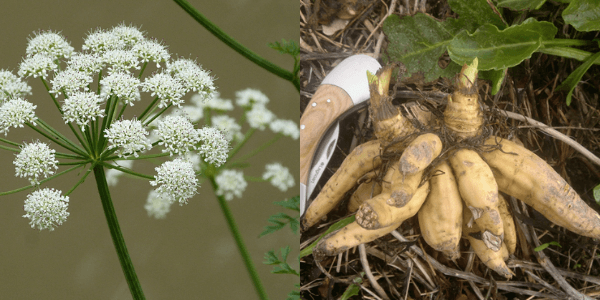Controlling lameness for a more productive flock
It is estimated that the UK flock contains over 3 million lame sheep. Staggeringly over 60% of the total amount of antibiotic used in flocks is used to treat lameness. Footrot and Contagious Ovine Digital Dermatitis (CODD) are two important highly infectious causes of lameness. Each flock should have a control strategy in place with the aim of reducing the number of new cases to improve flock welfare and efficiency. Control plans should centre on improving under-foot hygiene, culling chronic cases, improving biosecurity, ensuring prompt treatment, and using the footrot vaccine.
Footrot is the most common cause of lameness in sheep. Damaged interdigital skin, poor claw hygiene, and moist environmental conditions promote the spread and development of infection. Chronic cases can lead to overgrown and permanently misshapen hooves. Treatment has the best results when initiated early. Affected sheep should be isolated from the rest of the flock and treated with long-acting amoxicillin and Metacam.
CODD is caused by spirochaete bacteria (same family as digital dermatitis in cattle). CODD lesions start at the coronary band and progress down the hoof wall towards the toe. The hoof capsule eventually comes away to expose the sensitive underlying tissues. Affected sheep should be isolated and treated promptly.
Purchased sheep should be quarantined and have their feet examined carefully as around 30% of infected sheep show no signs of lameness. A randomised controlled trial found that a single dose of long-acting amoxicillin resulted in a 71% cure rate. Some cases may require a second treatment 3 days later. Tulathromycin (Draxxin) and tilmicosin (Micotil – vet-only) may be used in refractory cases.
Footrot bacteria have been isolated in 71% of CODD lesions and sheep with footrot are 3.8 times more likely to develop CODD. Therefore, controlling footrot is an important aspect of controlling CODD. In addition to significantly reducing the impact of footrot, the Footvax vaccine was found to reduce the number of CODD cases by 32%. Annual Footvax vaccination may provide sufficient control in most flocks. An additional booster may be given 4 weeks prior to risk periods (e.g. housing for lambing). The vaccine can also be used in the face of an outbreak.
